Description
Chrysanthemum Shasta Daisy Seeds
Chrysanthemum Shasta Daisy Seeds A popular and reliable perennial. Producing huge displays of 6in snow-white flowers with a yellow heart on tall stems around 3ft blooming. Between midsummer and autumn. Does not flower in the first season from sowing, but rapidly expands and clumps will need dividing after 3 years.
Cultivation Advice For Chrysanthemum Maximum Shasta Daisy
- Plant Shasta Daisies in a location that receives full sunlight. They generally prefer at least 6 hours of direct sunlight each day.
- Use well-draining soil with a slightly acidic to neutral pH. Good drainage is essential to prevent root rot.
- Keep the soil consistently moist, especially during the plant’s active growing season. Water at the base of the plant to avoid wetting the foliage.
- Apply a layer of organic mulch around the base of the plants to help retain soil moisture, suppress weeds, and regulate soil temperature.
- Shasta Daisies generally don’t require heavy fertilization. However, incorporating well-rotted compost into the soil before planting can provide the necessary nutrients.
- Deadhead spent flowers regularly to encourage continuous blooming. Trim back the entire plant by one-third in mid-summer to promote a compact shape and extend the blooming season.
- While Shasta Daisies are generally sturdy, tall varieties may benefit from staking to prevent them from flopping over, especially in windy conditions.
- Every 2-3 years, consider dividing mature Shasta Daisy clumps to rejuvenate the plants and maintain vigorous growth. This is typically done in early spring or fall
- Shasta Daisies are generally resistant to most pests and diseases. However, keep an eye out for aphids or powdery mildew. Treat any issues promptly with appropriate measures.
- Shasta Daisies are hardy perennials, but in areas with extremely hot summers, providing some afternoon shade can help prevent stress on the plants.
- Plant Shasta Daisies alongside other perennials or shrubs with complementary care requirements. They pair well with many garden plants and can add diversity to your landscape
- In regions with harsh winters, apply a layer of mulch around the base of the plants to help insulate the soil and protect the roots.
- During extended periods of drought, provide supplemental watering to keep the soil consistently moist. Deep watering is preferable to encourage deep root development
- Shasta Daisies can be grown in containers, especially dwarf varieties. Ensure the containers have good drainage, and use a quality potting mix.
- Keep a gardening journal to note the performance of your Shasta Daisies, including bloom times, potential issues, and any adjustments made to their care.
- Employ good cultural practices to prevent diseases, such as providing adequate spacing between plants, avoiding overhead watering, and ensuring proper air circulation.
- Incorporate Shasta Daisies into mixed perennial borders or flower beds. Their white blooms can complement a variety of other colors in the garden.
- Consider planting Shasta Daisies alongside other sun-loving perennials that share similar soil and water requirements. This can create a visually appealing and harmonious garden.
- In addition to spring division, Shasta Daisies can also be divided in the fall. This helps rejuvenate the plants and can be especially useful in regions with mild winters.
- Allow Shasta Daisies to naturalize in areas where you want them to spread. This can create a delightful, carefree display of blooms.
- To extend the flowering season, consider succession planting. Planting multiple batches with staggered bloom times can provide continuous color throughout the growing season.
- While Shasta Daisies prefer full sun, they can tolerate some light afternoon shade, especially in regions with hot summers.
- If growing Shasta Daisies in containers, choose large pots with drainage holes. Use a well-draining potting mix, and water when the top inch of soil feels dry.
- Explore local gardening resources, attend workshops, or join gardening clubs to learn more about Shasta Daisies and receive personalized advice for your specific region.
- If you wish to collect seeds for future plantings, allow some flowers to mature and produce seeds. Harvest the seeds when the flower heads have dried, and store them in a cool, dry place.
- Some varieties of Shasta Daisies may have a pleasant fragrance. Consider this aspect when planning their placement in your garden, especially near outdoor seating areas.
- Experiment with different companion plants to find combinations that enhance the overall aesthetic appeal of your garden while supporting the health of Shasta Daisies.

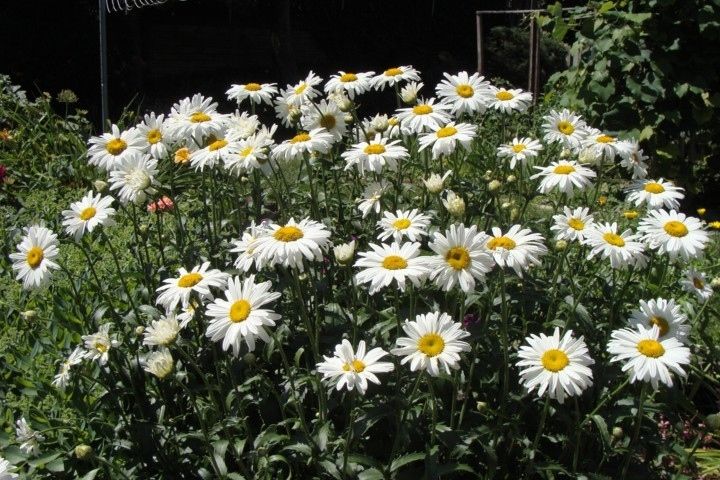
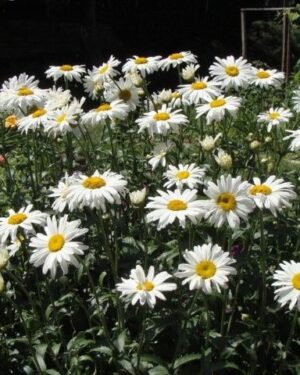
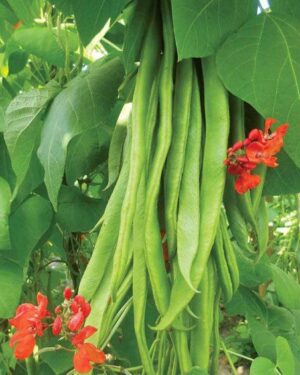
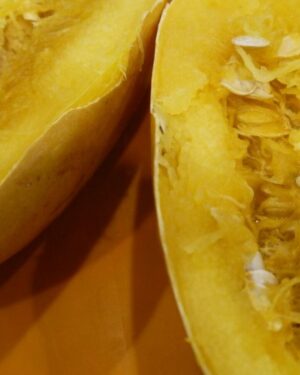
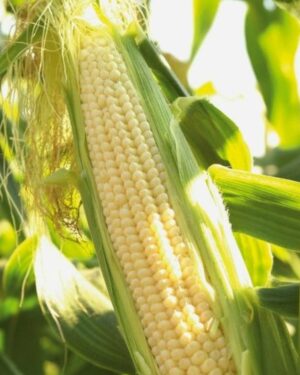
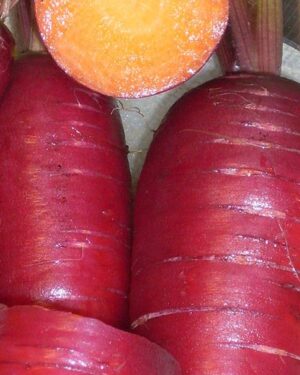
Reviews
There are no reviews yet.